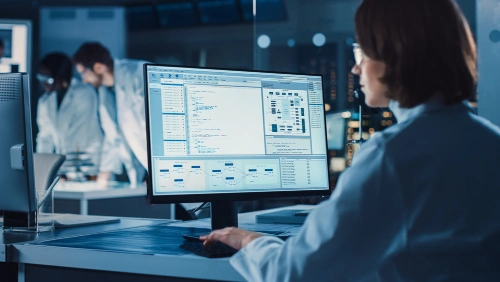In the world of healthcare, communication is crucial. Accurate, standardized coding systems help healthcare providers and insurance companies understand the services and procedures performed during a patient’s visit. One of the most commonly used coding systems is the Current Procedural Terminology (CPT). In this blog, we’ll explore what CPT codes are, how they work, and why they are essential in modern healthcare.

What Are CPT Codes?
CPT codes are a standardized set of codes and descriptors created and maintained by the American Medical Association (AMA). They serve as a universal language for healthcare professionals to describe medical, surgical, and diagnostic services accurately. Each CPT code corresponds to a specific procedure or service, and they are used for reporting medical services and procedures to insurers, such as Medicare and private health insurance companies.
How Do CPT Codes Work?
CPT codes consist of five characters, typically numeric, and are organized into three categories:
Category I Codes: These are the most common and represent procedures and services widely used in medical practice. Category I codes are constantly updated to reflect advancements in healthcare.
Category II Codes: These codes are optional and used for performance measurement and data collection. They help healthcare providers track the quality of care and patient outcomes.
Category III Codes: These codes are temporary and used for emerging technology, services, and procedures. They allow data collection and research while a new procedure is being evaluated for potential inclusion in Category I.
CPT codes also include descriptors that provide additional information about the service or procedure. This detailed information ensures that healthcare providers and insurance companies have a common understanding of the services provided during a patient’s visit.
Why Are CPT Codes Essential?
CPT codes serve several critical purposes in the healthcare industry:
Billing and Reimbursement: CPT codes are essential for billing and reimbursement. They allow healthcare providers to submit claims to insurance companies for the services they’ve provided. Accurate coding ensures that providers are appropriately compensated for their work.
Data Analysis: CPT codes help in data analysis and research. They allow healthcare organizations and government agencies to track the utilization of specific procedures, services, and treatments. This data is valuable for public health initiatives and healthcare planning.
Quality Improvement: Category II codes are used for quality improvement and performance measurement. They help healthcare providers assess the effectiveness of treatments and interventions, which, in turn, can lead to improved patient care.
Coding Uniformity: CPT codes provide uniformity in coding practices across the healthcare industry. This consistency is vital for clear communication between providers, insurers, and government agencies.
Emerging Technologies: Category III codes are particularly important for new and innovative procedures and services. They allow the healthcare community to track and evaluate the effectiveness of cutting-edge technologies and treatments.
